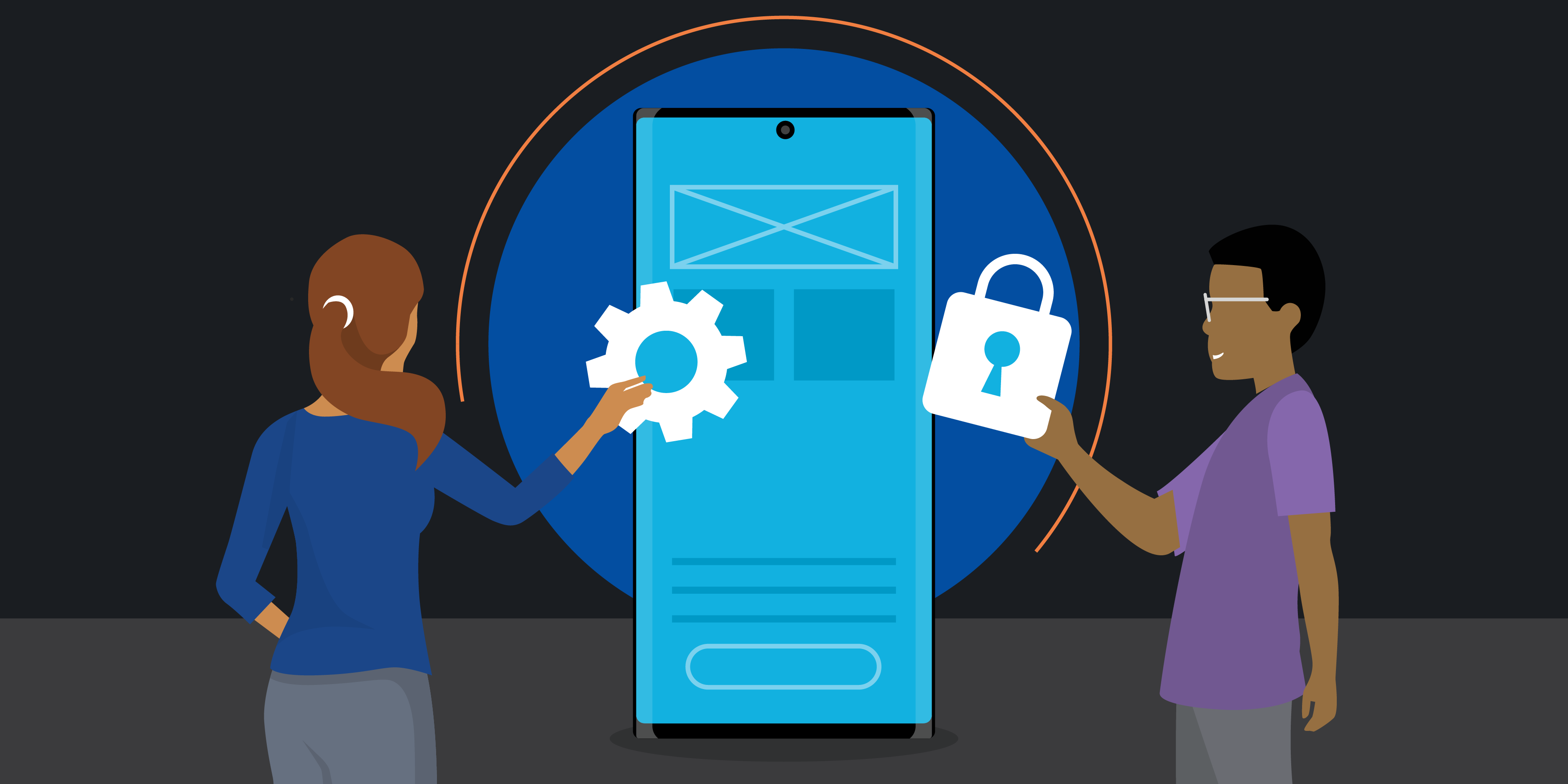Customers increasingly expect a seamless and immediately satisfying experience, something that big businesses spend time and money to create. But today, technology solutions are enabling small businesses to have big-business presence, giving smaller organizations the opportunity to compete above their weight.
It’s not as simple as just having a shiny online storefront, though. Even if your company website is as responsive and engaging as a global multinational, if you don’t have a unified communications (UC) system, chances are you are not meeting customers’ expectations for responsiveness — giving them all the reason they need to look elsewhere. If your customers call and are expecting you to answer, voicemail and a call back at the end of the day won’t be enough.
What is unified communications?
UC includes a range of technologies that route calls and create better communication and collaboration between employees and customers. Business processes can be built into these systems, allowing for automation and intelligence to filter how calls are routed, answered or responded to.
Like many technologies, the level of technical sophistication required to implement and maintain a robust UC system has fallen dramatically along with the price. Most UC capabilities are now available to any size business, regardless of whether or not you actually have a physical location. Even better, all of the capabilities that are most important for small businesses are available on smartphones. No need for desk phone systems or specialized hardware.
While there are hundreds of things you could do with a UC system, there are a few features that are must-haves for small business. Together, these functions give any size business an extraordinary boost to their communications professionalism and efficiency.
1. Mobility
First and foremost, you need a UC system that supports the reality that you and your employees can’t be sitting at a desk all the time. For remote workers, having a mobile-enabled system in place can dramatically improve their ability to feel more connected to the rest of the team and ensure they are able to participate in communications business processes.
Even if they primarily work in an office, employees of small businesses tend to wear many hats and have multiple modes of work. Rather than missing a call because they are away from their desk, your UC can include their mobile phone as a seamless part of the system. Many systems have an app that can run on a mobile device that acts as a software-based work phone, or soft phone.
Samsung Galaxy smartphones such as the Galaxy S21, S21+ and S21 Ultra 5G allow the integration of Verizon One Talk right into its native dialer app. This approach addresses one major impediment to adoption by eliminating the need for employees to use a separate app to fluidly access UC features.
2. Hunt groups
When a customer calls, they want to talk to somebody. If you make them leave a voice message, they don’t really know if anyone got the message or if their issue is going to get attention. Even if they wanted to talk to a specific person who’s not reachable at that moment, receiving an answer reassures them that their concerns haven’t been lost.
Many businesses follow the “Three Ring Rule” as a communications business process, saying that every call should be answered within three rings. It communicates attentiveness and effectiveness. With hunt groups — automatic distribution of a call from a single phone number to a group of numbers — you have a much better chance of that call finding someone who can be attentive, no matter where they are. Incoming calls can be routed to several employees simultaneously or in turn, ensuring that if one person has their hands full, there will be someone else to pick up.
3. Call line ID
People are less likely to answer a call from an unknown number, so it’s important to call customers and suppliers from a number they can recognize. With the growing volume of robocalls and telemarketing operations, fewer people will answer their phone unless they recognize the incoming phone number. With a UC solution, all your mobile devices can dial out using your existing business number. This feature can also provide customers with a call-back number that goes directly to your hunt group, so it gets answered by the third ring.
4. Extension dialing
Within a larger business, colleagues use three- or four-digit extensions to communicate with each other. Giving employees a faster way of dialing each other — as well as recognition that a call is from a coworker — makes it far more likely that they will make the quick call to get a quick answer, reducing the use of email when a quick conversation would be more efficient and effective. Giving remote workers extension dialing on their smartphone also supports their feeling that they are on the inside and connected to the business, regardless of where they are.
Get business app development done right
Transform your workplace with this free guide to a successful app development project. Download Now
5. Seamless conferencing
Collaboration tools have been shown to dramatically increase productivity, allowing employees, customers and suppliers to get on the same page and work through issues in real time and in context. Conference calling and video calling have made meetings with all the right resources much easier to put together, but complicated systems and technologies keep employees from using them. A UC system can make it easy to integrate conferencing technologies into the scheduling of meetings and allow quick additions to existing calls and communications.
Modern communications for every business
If you need to communicate with customers, your business can benefit from UC. If you have employees that need to work together even when they can’t be in the same room, your business can benefit from UC.
UC solutions are an inexpensive way to give any size business a more professional presence, and give employees and customers a more positive communications experience.
A key part of succeeding as an SMB is spending less and doing more — securely and efficiently — which is much easier with a mobile device management (MDM) tool. Find out how you can get started in this free beginner’s guide. You can also explore exclusive business pricing, financing and trade-in options and other deals on everything from phones and tablets to monitors and memory.








